What is an Intermodal Container?
The term ‘intermodal’ refers to the utilization of more than one transportation modes to transport necessary cargo shipments from one location to another. In the maritime sector, cargo transportation operations have benefited tremendously, thanks to the intermodal shipping container, which allows for easy cargo movement between road, rail and water transportation networks (Read Containerization).
An intermodal container provides fast-paced cargo shipping with lesser operational costs as unnecessary repackaging and offloading of the cargo is avoided.
A monumental development since the success of cargo containers in the mainstream shipping sector, intermodal cargo containers have set really high operational standards in the global maritime industry.
Key Features and Characteristics: Intermodal Shipping Container
The International Maritime Organisation (IMO) and several other leading marine authorities have established strict guidelines with respect to the utilization of the intermodal cargo container. These guidelines were also aimed at setting a common intermodal container measure. Some of these established regulations can be detailed as follows:
In terms of its size, a cargo container can either measure 8 feet breadth wise x 8 feet height wise with lengths of either 20 feet or 40 feet. Alternatively, certain cargo containers are also be built to specifications of breadth of 9 feet x height of 10 feet with lengths ranging to a maximum of 53 feet.
The load carrying capacitance of such intermodal containers is measured in terms of TEUs (Twenty-foot Equivalent Units). A TEU refers to the amount of cargo that one 20 feet long container with a breadth of eight feet can hold within itself.
A very noteworthy standardizing aspect of container shipping is that of the equipping of an ISO certification. Each intermodal freight container thus bears the ISO certification along with coded details of the container shipping company owning it.
Various goods and commodities can be shipped through intermodal containers. Since they are constructed of materials such steel or aluminium, even commodities requiring refrigeration systems can be successfully transported through them (using refrigerated containers).
The structure of a cargo container is quite simple in nature and features only cargo hatch. Simplistic holds help to position it as required, on rail cars and lorries in order to further the shipment processes till its intended end.
Container Shipping: Present-day Problems and Milestones
Though there are protocols established for the container sizing, at times problems emerge in case of harbours lacking the necessary facilities to process and store the containerised freight. This translates to huge losses for the shipping company while also resulting in loss of viable commodities.
Apart from this serious issue, a few other problems can be highlighted as follows:
- Lack of optimum utilisation of all available intermodal containers, resulting in loss
- Utilisation of container shipping for unlawful and nefarious activities
- Problems related to loss of cargo on account of stealing and pilfering from the containers
In spite of these problems, cargo containers are still very highly rated in the global marine sector. Statistics account that nearly 90% of the maritime cargo shipping operations are carried out by way of intermodal containers. To quote in terms of figures, a container shipping fleet of at least quarter of a billion TEUs is presently under operation internationally.
Latest Shipboard Guidelines Articles You Would Like:
Do you have info to share with us ? Suggest a correction
Subscribe To Our Newsletters
By subscribing, you agree to our Privacy Policy and may receive occasional deal communications; you can unsubscribe anytime.
Web Stories



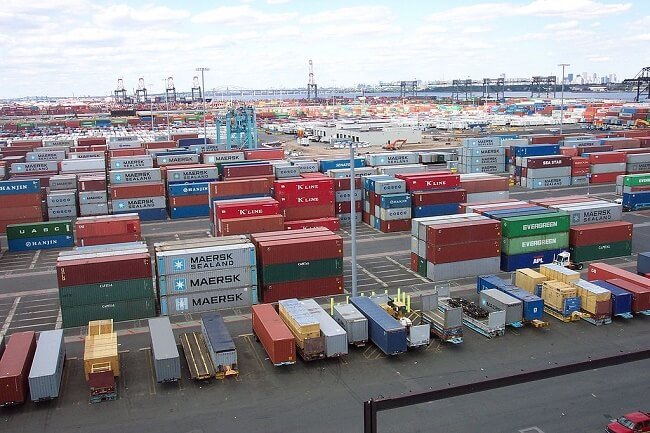
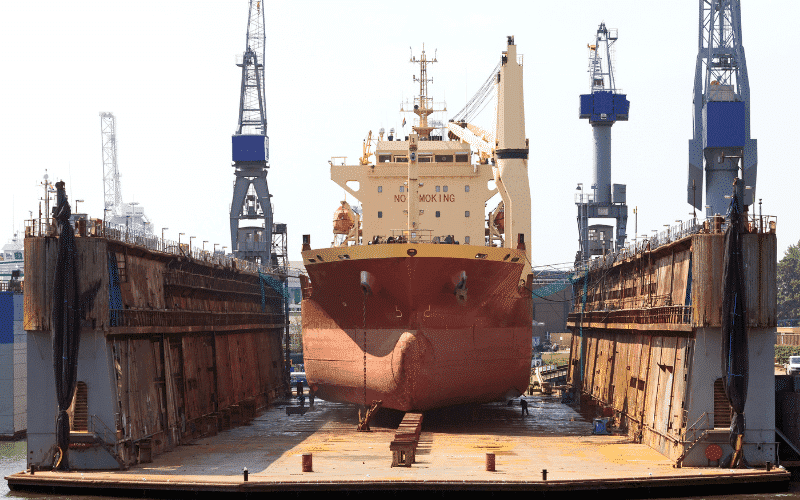

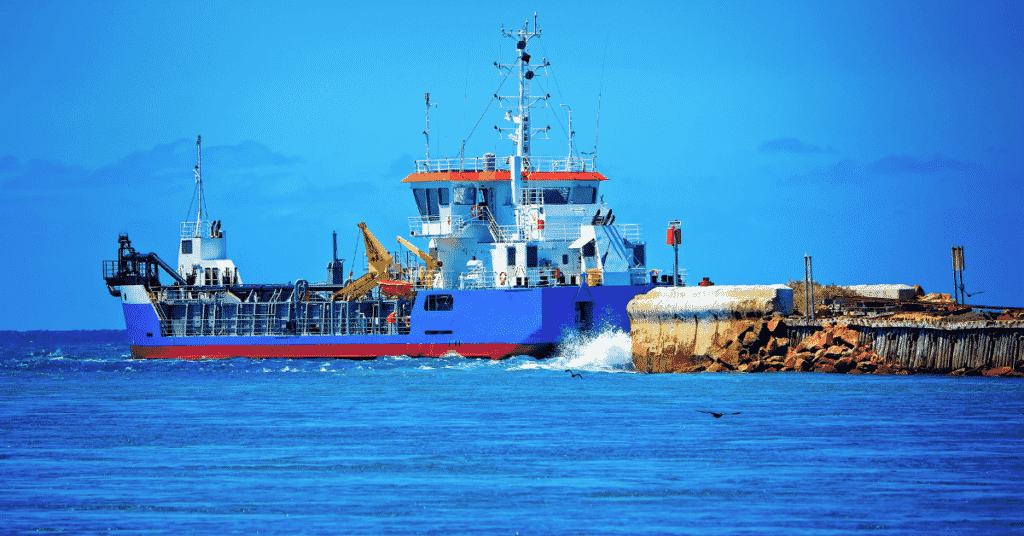
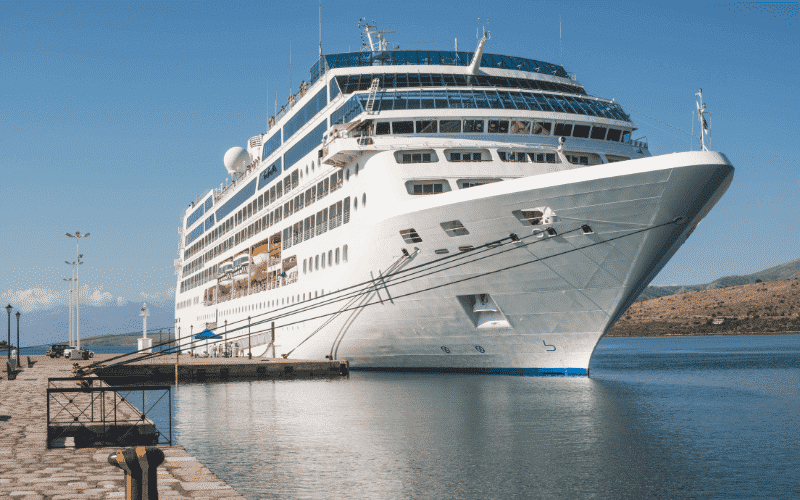
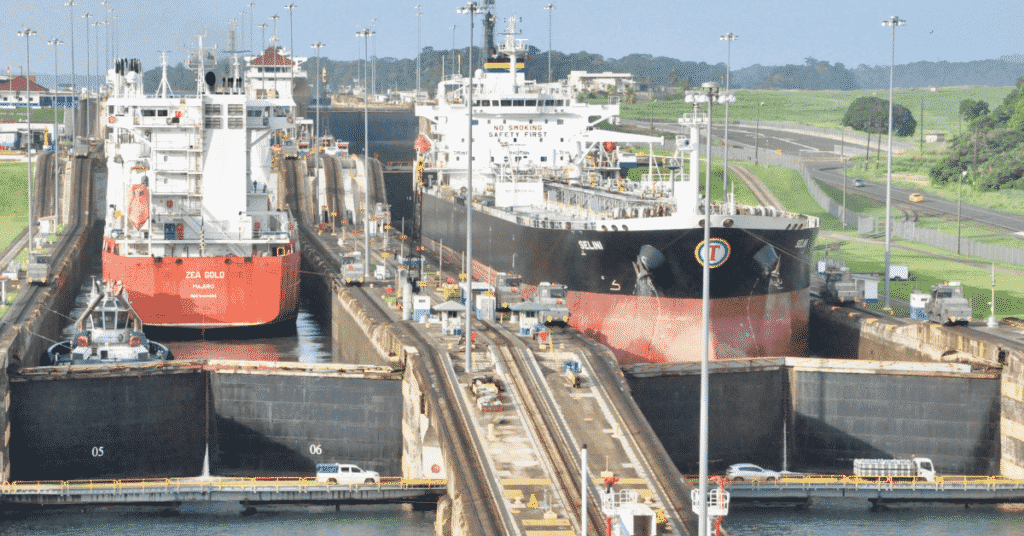
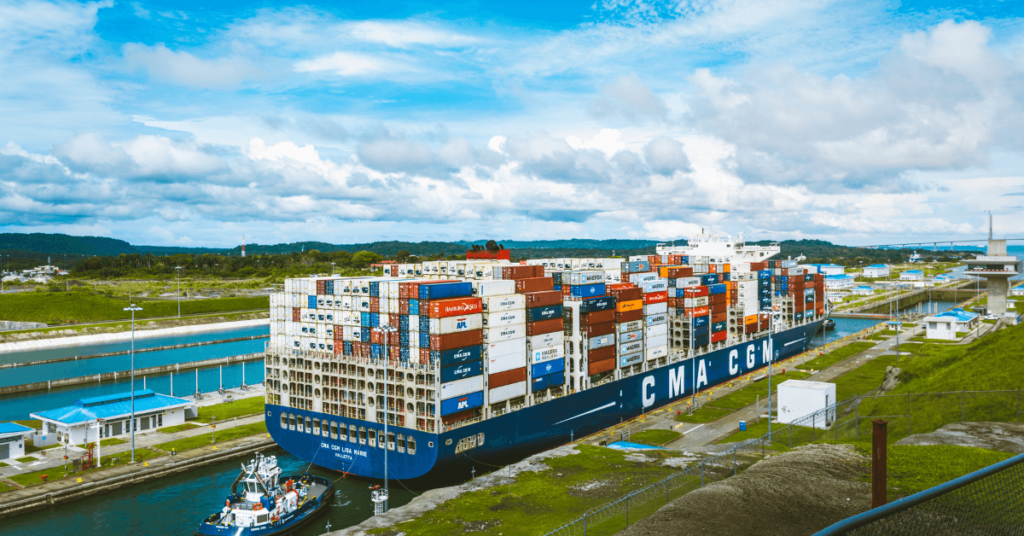

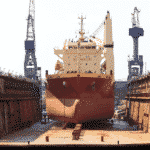

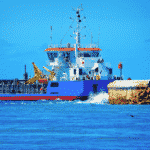

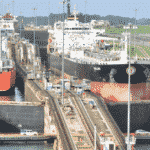
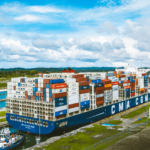

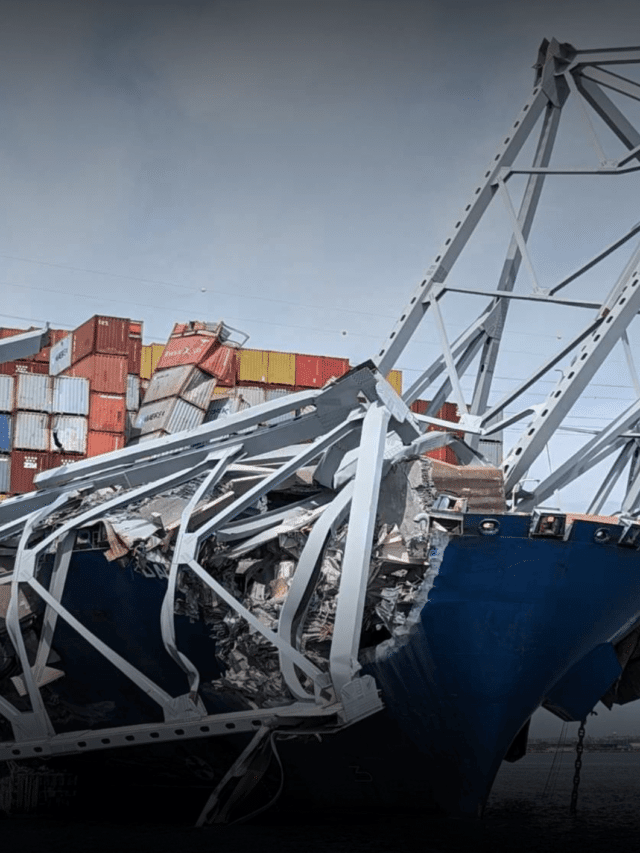


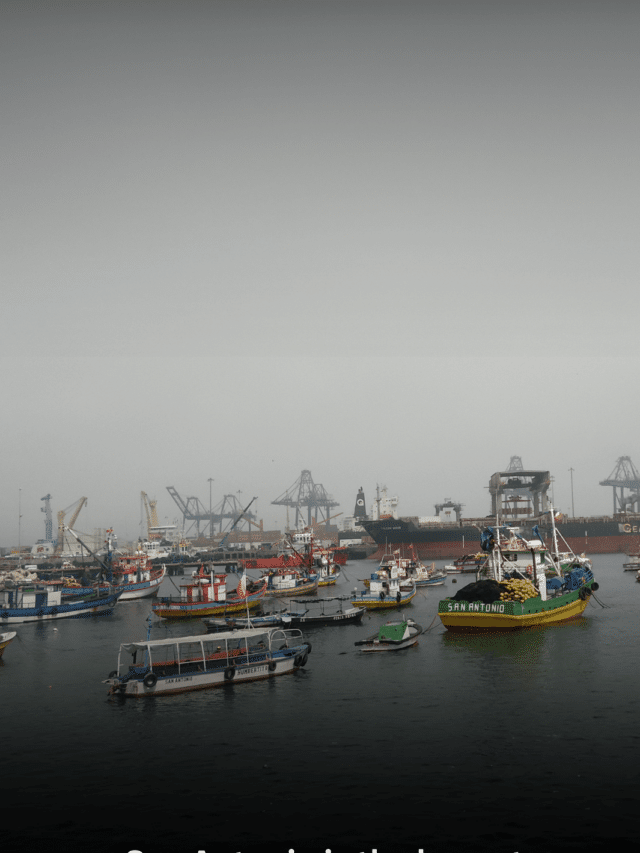
I think it’s interesting that you can get a 40 foot container with intermodal containers. I see plenty of trucks while I am driving down the freeway, and I always like to watch them. I will have to keep an eye out for these containers and see how they are.